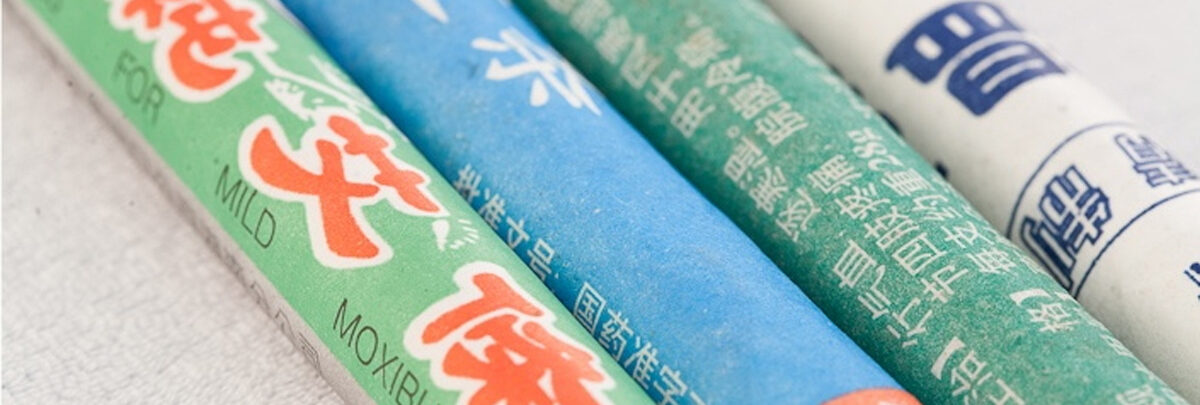Moxibustion
Moxibustion has been used in Asia for thousands of years for the treatment of a variety of diseases. Moxibustion is often used in combination with acupuncture.
What is Moxibustion and how does it work?
During Moxibustion, Acupuncture points are stimulated by heat. The heat is created by the burning of dried Artemisia herbs (mugwort/moxa). As with most treatment methods in Traditional Chinese Medicine (TCM), Moxibustion is used to strengthen the qì and blood, stimulate the flow of qì, and maintain your health.
Does Moxibustion hurt?
There are two types of Moxibustion: direct and indirect Moxibustion. In direct Moxibustion, small pieces of “moxa” are placed and burned on top of an acupuncture point. Before the moxa piece is extinguished, it is taken off the skin. Thus, the skin will not be hurt and damaged. With indirect Moxibustion, moxa is used over an Acupuncture point, either as so-called moxa cigar or moxa cones on an Acupuncture needle. Other types of indirect Moxibustion are Moxibustion on a slice of ginger, salt or in a so-called Moxabox.
The patient experiences a pleasant heat that penetrates deep into the skin. Pain and blistering are rarely experienced. Often the skin is yellowish or reddish after a moxa treatment. The yellow color stems from essential oils in the moxa herb and the reddish color is due to heat.
What is Moxibustion used for?
In TCM, Moxibustion is often used to expel cold and warm the meridians, which in turn promotes the free flow of qì. Seen from the Western perspective, Moxibustion is often used to support the immune system, treat menstrual pain and rotate a baby in the breech position before childbirth.
Additional therapeutic methods
Acupuncture
Chinese Herbal Medicine
Chinese Nutritional Therapy
Gua Sha
Cupping



